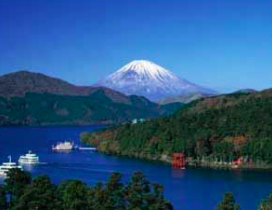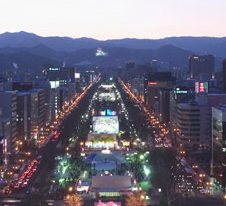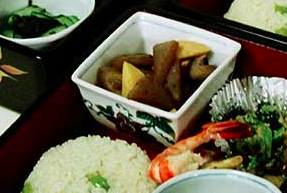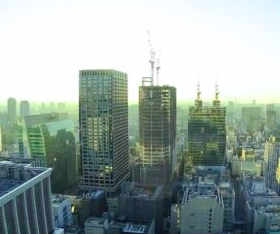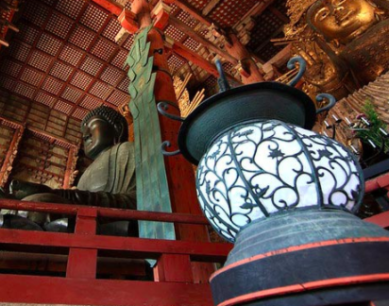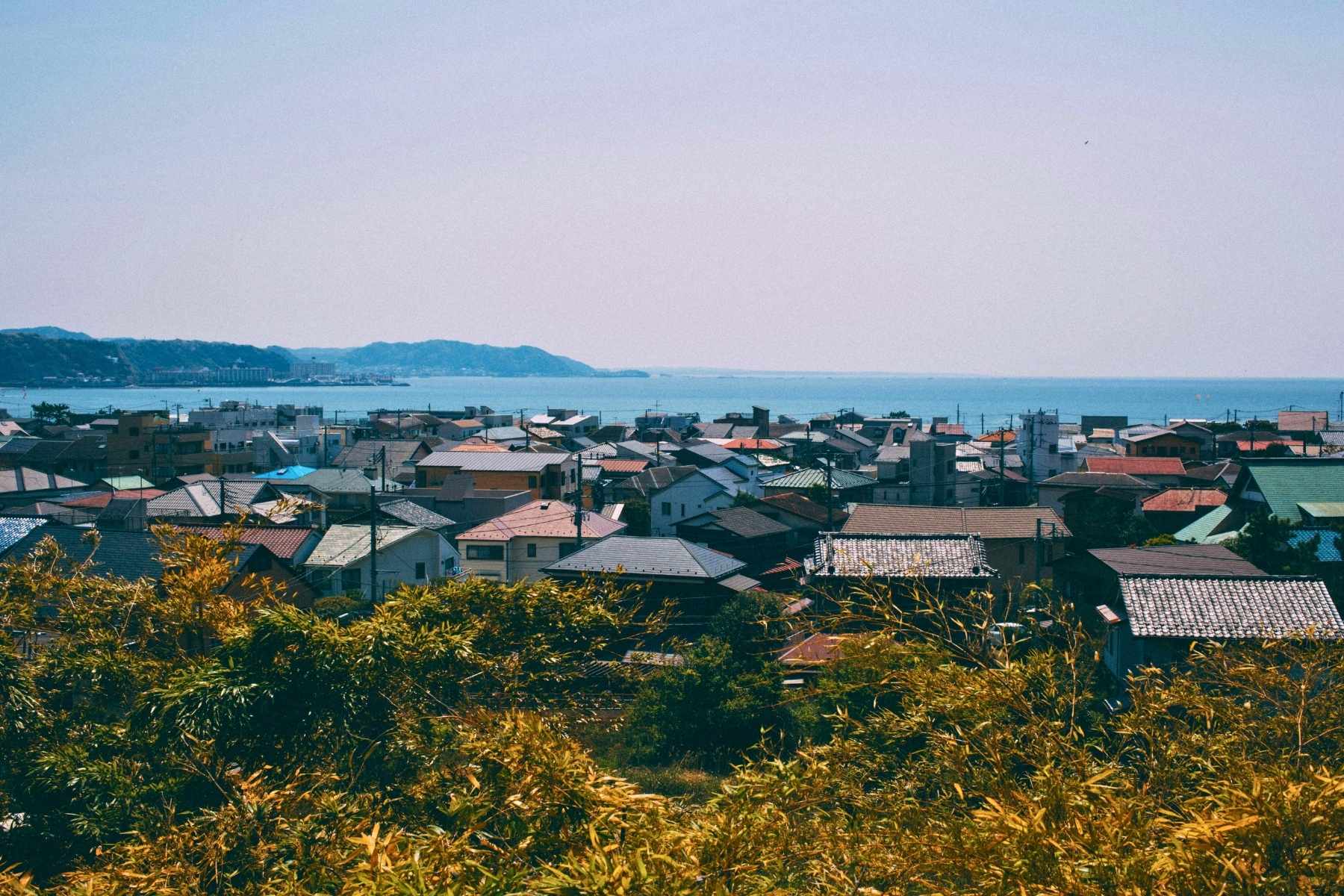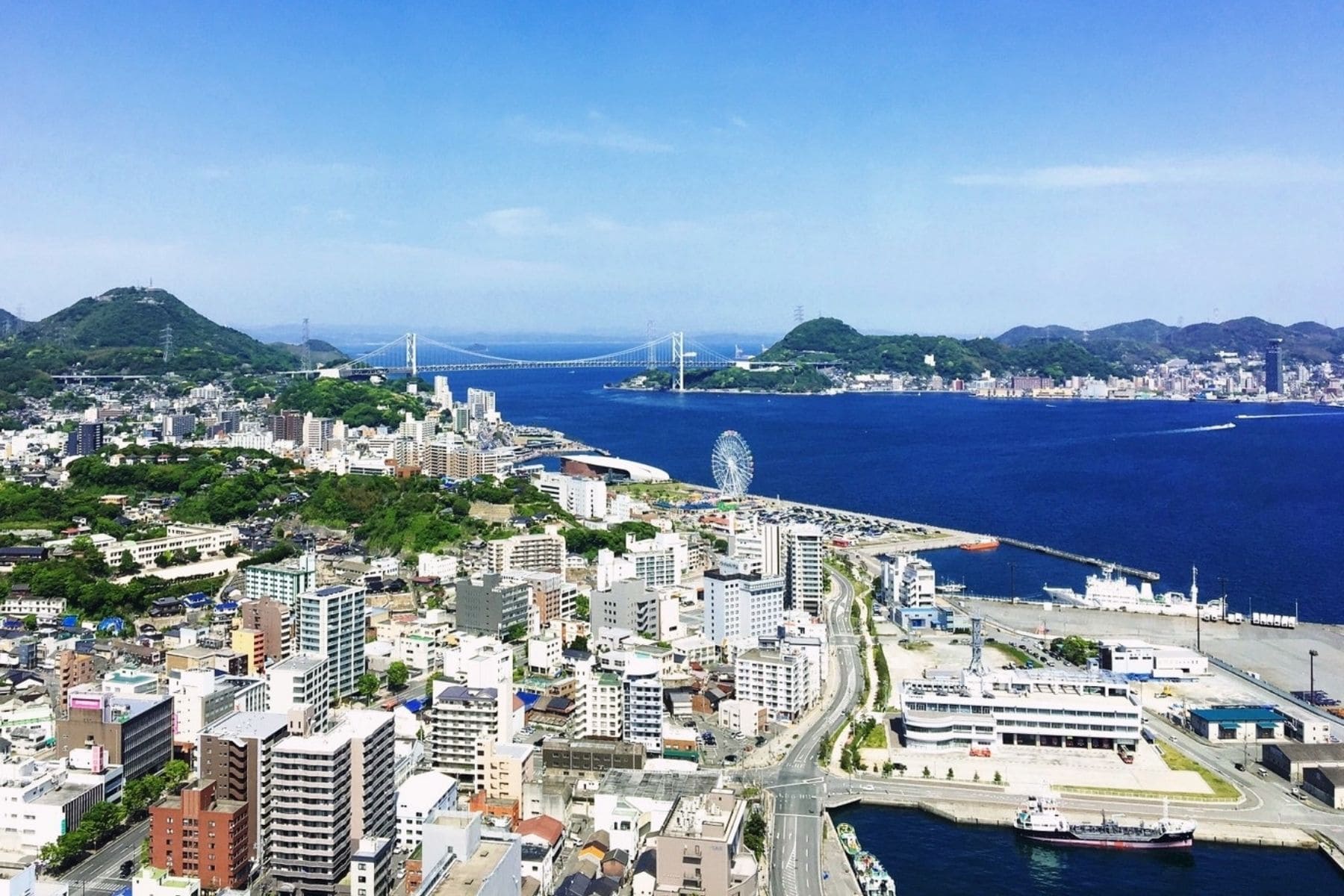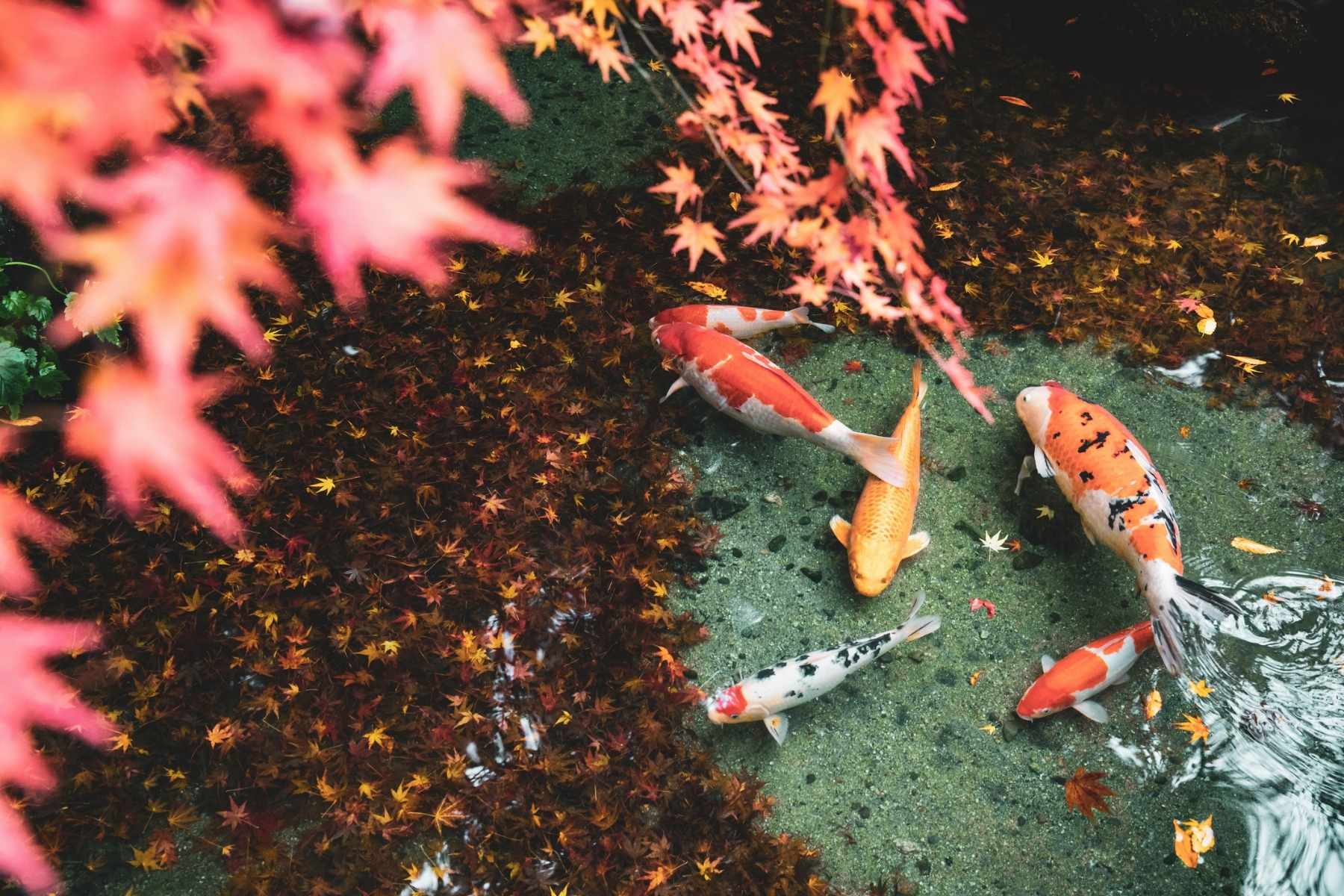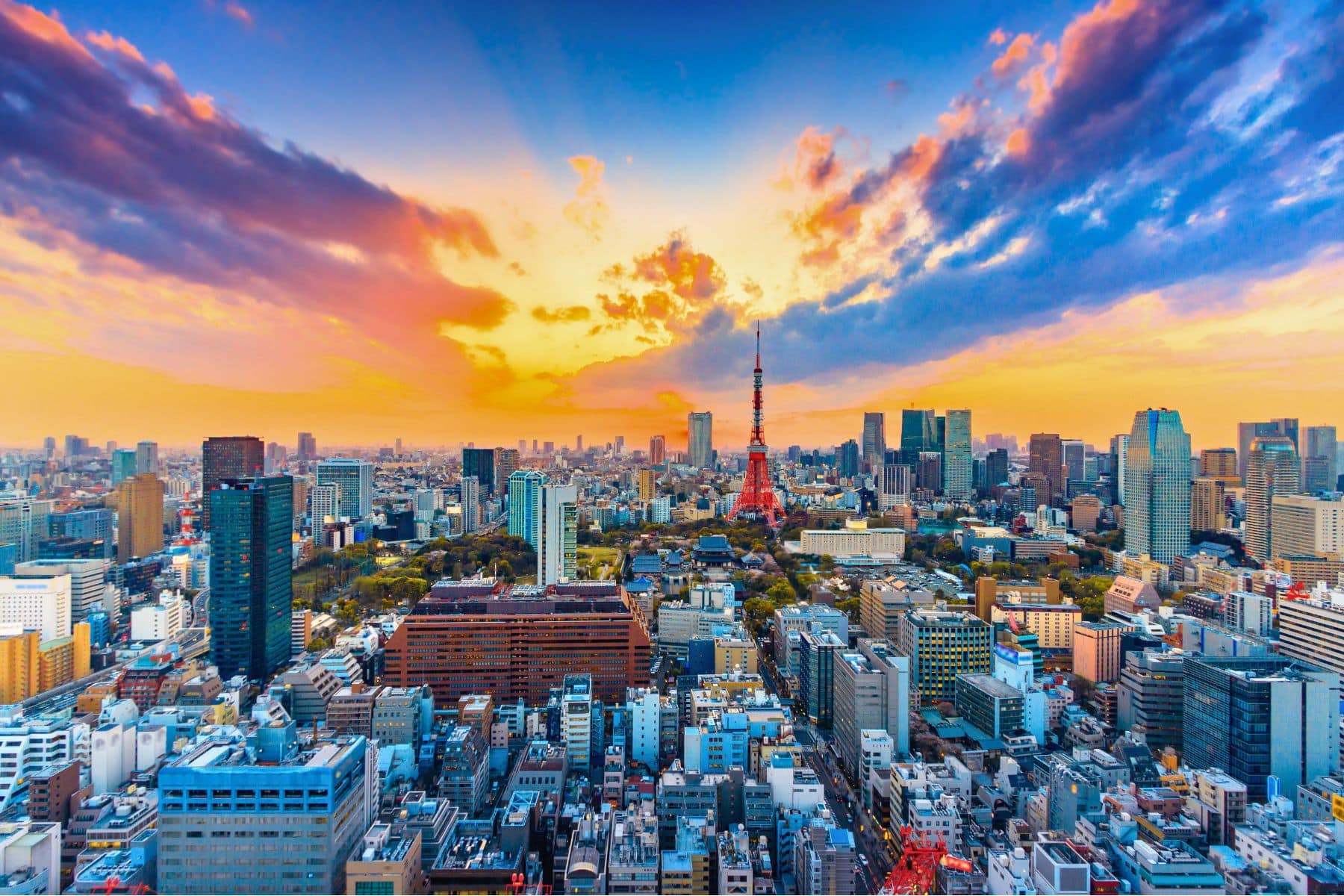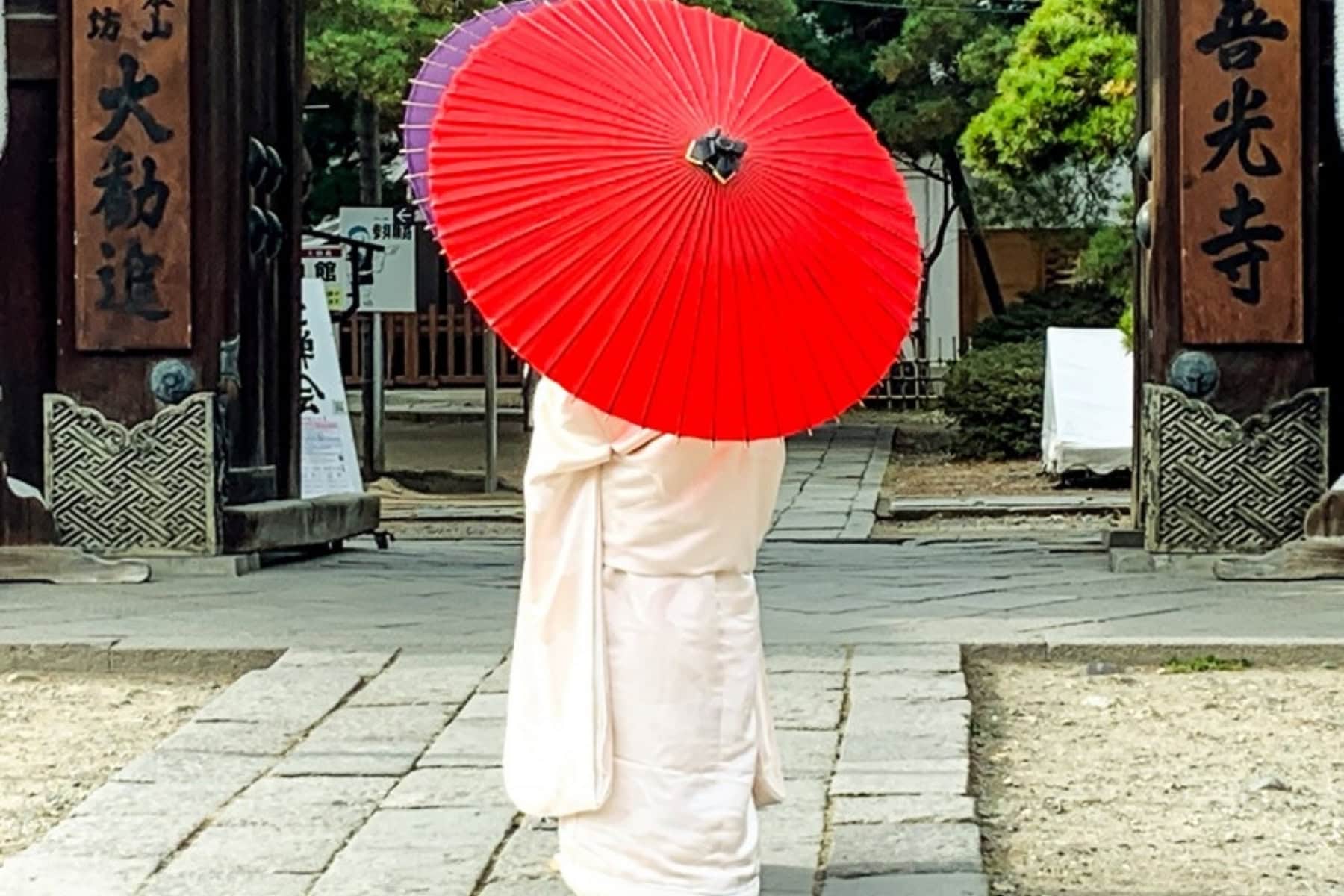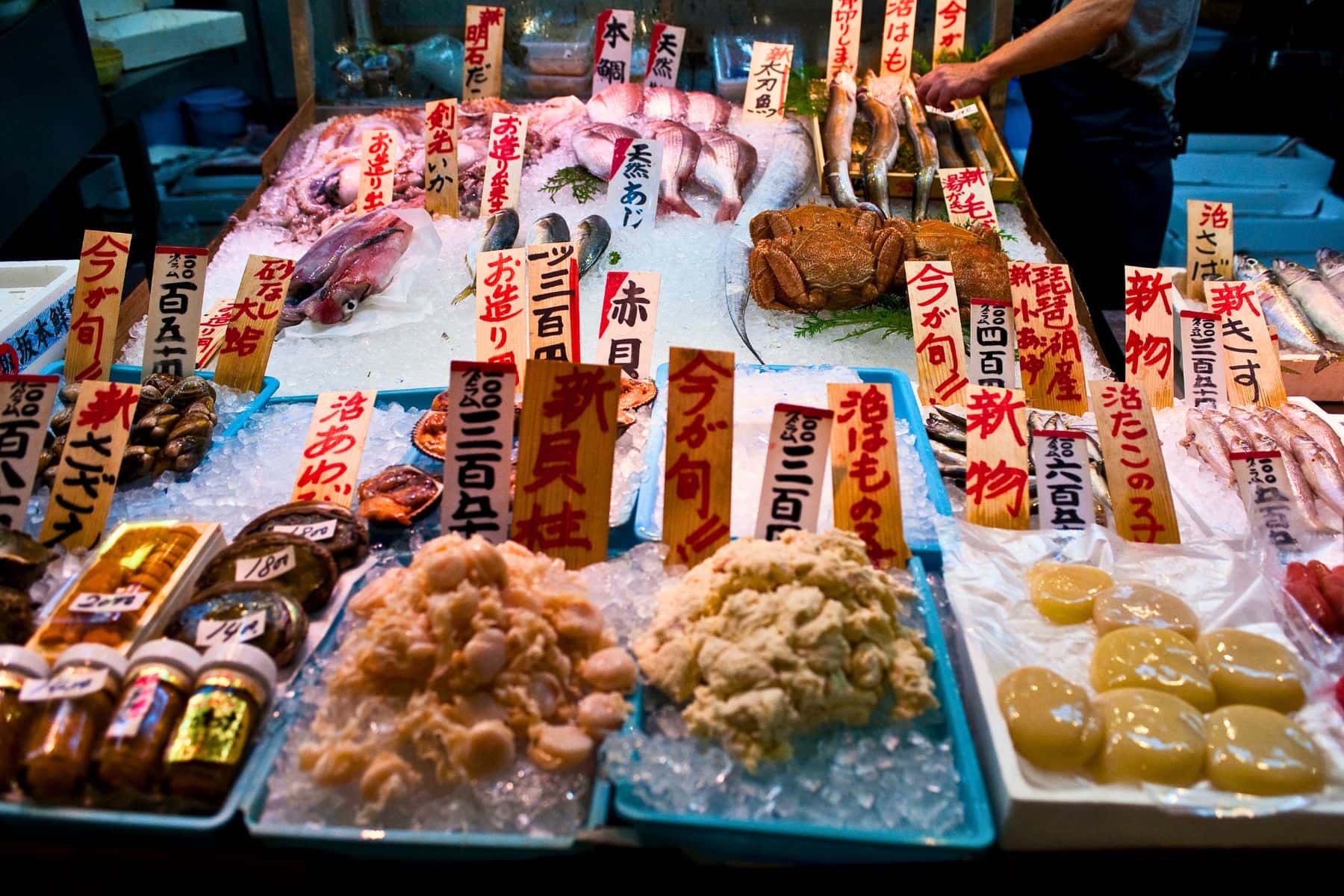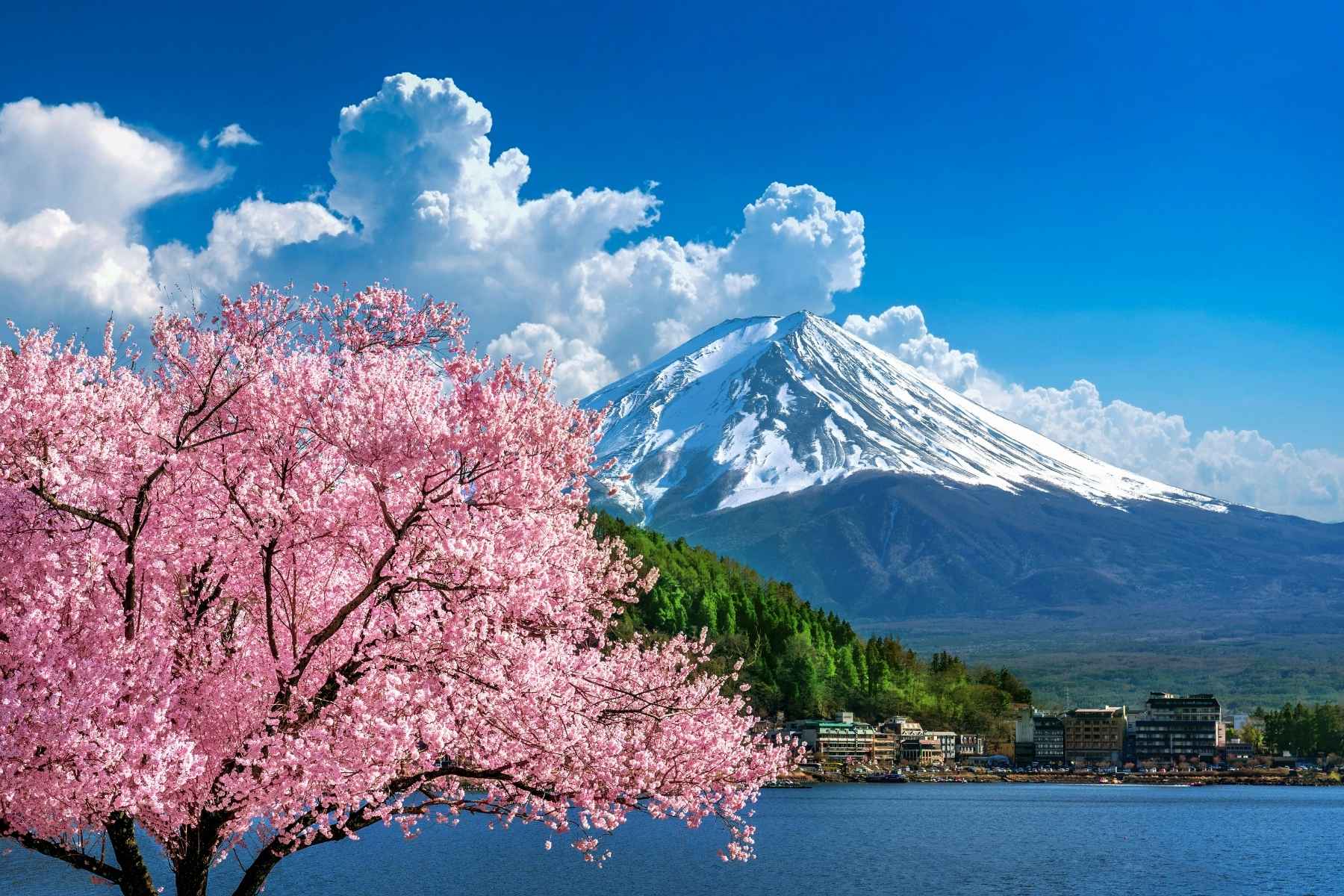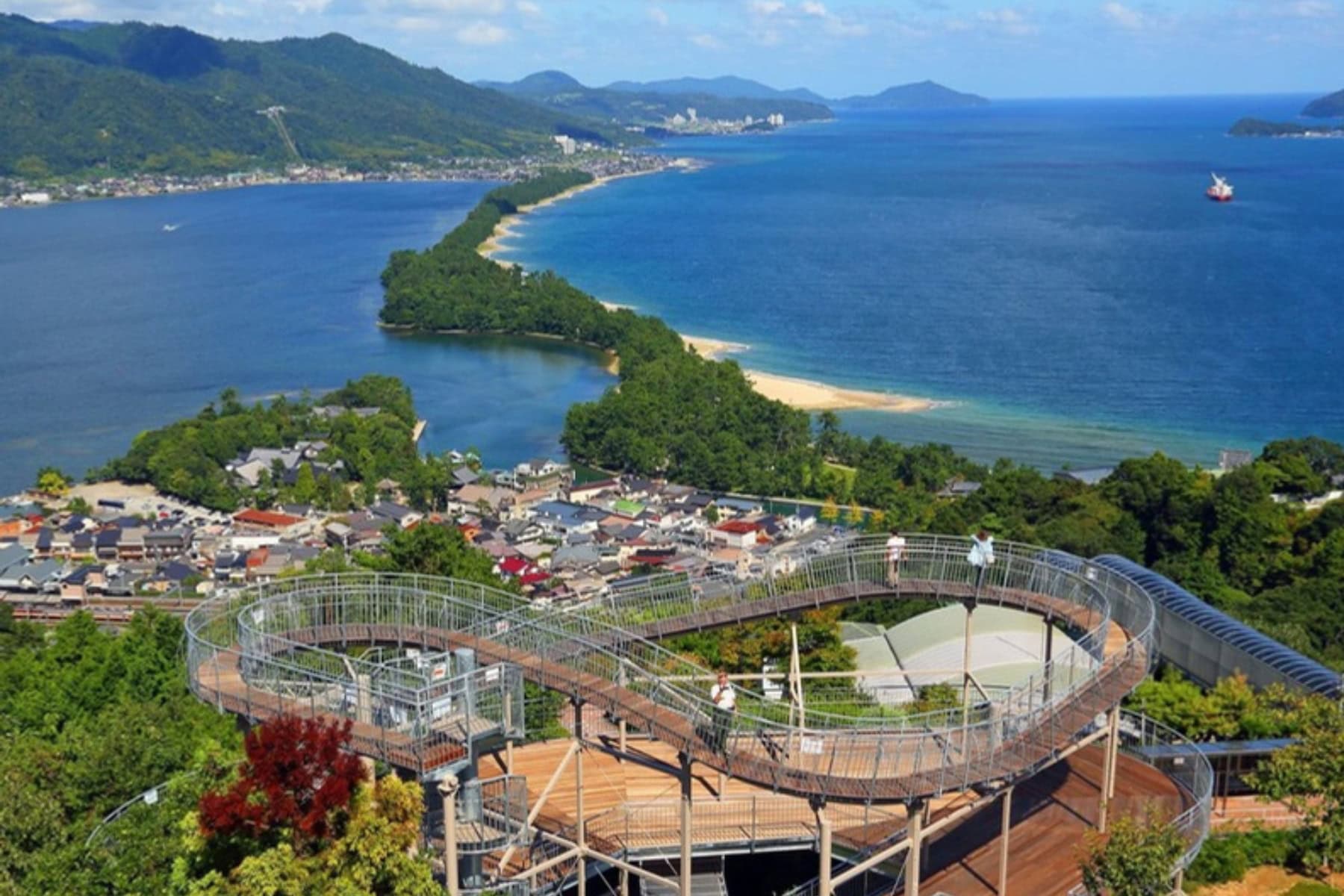Japan Travel Guide
Intro to Japan
Japan is one of the most developed countries, not only in Asia, but in the world. This country is a leader in many fields of technology, especially in robotics.
Travel in Japan is a rewarding, rich experience. Japan is an island country east of the Asian mainland, extending as much as 3,000 kilometers (1,864 miles), from north to south. About 127 million people live in Japan, which is why it is one of the most densely populated countries in the world.
Japan is located in a geologically unstable area, at the site of the overlap of large tectonic plates. That is why Japan has had many earthquakes and why the country has volcanic mountains like Mount Fuji and Onsen hot springs, such as those in Hakone.
Japan consists of five large islands: from north to south Hokkaido, Honshu, Kyushu, Shikoku and Okinawa. The capital of Japan is Tokyo, the most populous city in the world, with famous tourist districts like Shibuya, Asakusa and Shinjuku to travel to.
The arrival of spring is marked by cherry blossoms – a great natural attraction in all of Japan that attracts a large number of tourists. Across the country, there are thousands of Shinto shrines and Buddhist temples worth visiting. If you are a fan of art, you will love the Manga museums, as well as Geisha art performances.
Osaka, Nagoya, Kyoto, Yokohama and Hiroshima are the most exciting cities for tourists. There are also interesting things to do in Kobe, Fukuoka, Nagano and Sapporo. When looking for a place to stay, tourists most often choose hotels, Ryokan guest houses or capsule hotels.
Japanese people are disciplined, hardworking and quiet. They are very respectful of Japanese culture and tradition. Some of the most popular tourist spots are temples and shrines, like Fushimi Inari or those in Nikko. Japanese also love martial arts, especially karate, aikido, judo and sumo wrestling. The most common Japanese foods are rice and fish, and the country’s favorite dishes are sushi and ramen. Many Japanese can’t imagine a day without a cup of green tea.
If you are visiting Japan for the first time, make sure your passport is valid for at least six months. Also, check if you need a visa to travel to Japan from your country.
It’s a good idea to reserve accommodations in Japan, at least for the first night upon arrival. We highly recommend the Japan Rail Pass (JR Pass) for public transit between cities. Don’t forget your travel insurance, too. Also, make sure your payment card can be used in Japan.
Plan Your Trip
Where is Japan?
Japan is an island country in Asia, between the Sea of Japan and the Pacific Ocean. Japan is a parliamentary constitutional monarchy. The Emperor is a symbol of the state and national unity.
Getting Around Japan
All major Japanese cities are part of the Shinkansen Network, a network of high-speed bullet trains that transport millions of Japanese people every day. It is the safest, most comfortable and fastest form of public transportation in Japan.
Language
Japanese people speak the Japanese language, which has many dialects. Also, in some parts of Japan like Okinawa or Ryukyu Island, Ryukyuann is spoken. In general, not many people speak English, except in major cities. That said, most are happy to help visitors. Many younger people, as well as students, know and speak English. Besides, popular tourist destinations have English signs.
Currency
The main currency in Japan is the Japanese Yen (JPY). Except at international airports, foreign currencies in Japan cannot be used. Cash is most often used for payment, even when entering tourist spots unless you make your reservation online.
It is a good idea to have coins to pay for transportation services or fees on vending machines. Credit cards can be used to make payments at hotels and large shops. You can exchange money for yen at international airports, like Narita and Kansai airports. Also, you can exchange money in banks and larger hotels, as well as through ATMs in post offices and 7-Eleven convenience stores nationwide.
When is the Best Time to Visit Japan?
January is an excellent time to visit Japanese ski resorts. In February, many Chinese tourists come to Japan to celebrate the Chinese New Year, so there are more crowds.
Your travel experience will probably be the best in spring because of the cherry blossom season. The Golden Week is in May, with four national holidays, so in addition to the New Year, this is the most crowded time of year for travel.
Many festivals throughout Japan are organized in July. Also, more and more people are coming to Mount Fuji as well as Okinawa Island. August is the Obon celebration, a famous Buddhist holiday.
Fall months, October and November, are also a good time to visit Japan, especially if you love autumn colors and less-crowded popular tourist destinations. Also, one of the most famous Japanese festivals – Takayama Matsuri – is held in October.
What to Pack When Visiting Japan?
Depending on what time of the year you are planning to visit, keep in mind that the weather can be quite cold, pretty hot or somewhere in between. Dress in layers and wear breathable fabrics. If you are planning to do a lot of walking, make sure you have comfortable shoes. For Japanese city tours, you will need a light jacket and sunglasses during the summer. And of course, bring your mobile phone for maps, information and photos, a universal adapter and a power bank.
Japan is at the top of the bucket list of many world travelers. This fantastic country will impress you with its diversity as you go from Hokkaido on the north to Okinawa in the south.
Buy fresh food at the fish market, and explore temples and shrines. Go to Edo Wonderland theme park, Mountain Koya or Miyajima. Take a day trip to the biggest cities with bullet trains, sleep in capsule hotels, and remember that magnificent view of Fuji Mountain. The land of the rising sun awaits you.
Top Destinations in Japan
Latest Stories on Japan
Escape the Crowds of Tokyo in Kamakura, a Seaside Samurai Town
Deadly but Delicious: Inside Japan’s Fugu Capital Where Deadly Delicacies and Ancient History Meet
Unlock the Best of Japan—Discover the Perfect Month for Your Visit
Exploring Tokyo: A Local Expert’s Guide to Must-See Spots and Hidden Gems
14 Hidden Japan Adventures: Myths, Monkeys, Whiskey and Samurai
Visiting Markets in Japan: A Fun Introduction to Japanese Cuisine
10 Fascinating Facts About Japan That Most Travelers Miss
Floating Between Worlds: The Mystical Torii Gate of Miyajima Island
Kyoto’s Scenic Shores: Exploring Maizuru’s Maritime Heritage Beyond the Tourist Crowds

